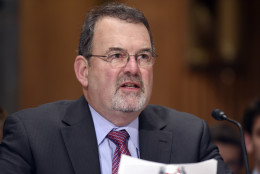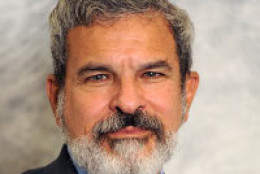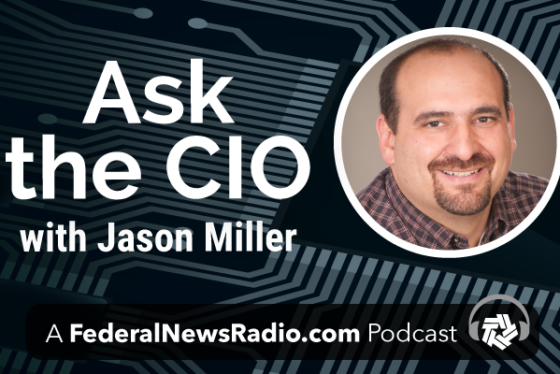Cybersecurity
-
Federal CIO Tony Scott said because of the wide-spread use of legacy IT systems, agencies should consider a similar approach to cybersecurity to one that manufacturers use when addressing product defects.
September 10, 2015 -
Housing and Urban Development Secretary Julian Castro said he's committed to improving HUD’s IT environment and its tools for monitoring program and financial performance.
September 08, 2015 -
Shadow IT, the stuff that's on a network that leadership doesn't know is on the network, plagues agencies across government. Shawn Kingsberry, former chief information officer at the Recovery Accountability and Transparency Board and director of cloud solutions at Engility Inc., tells In Depth with Francis Rose the shadow IT concept is starting to seep into the bring-your-own-device arena.
September 08, 2015 -
From the Census Bureau to the Office of Personnel Management, federal computer networks are under a daily barrage of cyber attacks. Both private groups and national governments try to obtain classified or sensitive information. Ron Ross is a fellow at the National Institute of Standards and Technology, and one of the 33 finalists for this year's Service to America medals. He's also an internationally recognized cybersecurity expert and preeminent leader in helping the government keep its systems safe.
September 08, 2015 -
The federal technology community is seeing a lot of key senior executives switch roles or leave government, including new officials in charge of data analytics at GSA and EPA.
September 08, 2015 Randy Wood, vice president of F5 Networks, joins host John Gilroy to discuss network application security and how his company can help your agency with its cybersecurity efforts. September 8, 2015
September 07, 2015-
Tony Scott, the federal chief information officer, said agencies lost their sense of urgency around securing data and networks, and in how they invest in new applications.
September 04, 2015 -
The State Department wants industry to help it write a new playbook for government cybersecurity best practices. State's Bureau of Information Resource Management, Information Assurance (IRM/IA) is looking for "specialized cybersecurity experts" who can write a how-to guide for responding to cyber attacks and coordinating offensive cyber activities.
September 04, 2015 -
This week on Women of Washington, Eileen Sweeney, senior vice president and general manager of data management at Iron Mountain, discusses her work securely storing both digital and traditional paper files for the government and its contractors.
September 02, 2015 -
The Office of Personnel Management and Department of Defense have awarded a $133 million contract to help protect the personal information of people impacted by the cyber breach.
September 01, 2015 -
Cyber breaches at the Office of Personnel Management and Ashley Madison may have something in common: you. The Los Angeles Times reports foreign spy services are hacking and aggregating data from U.S. networks to build their files on U.S. intelligence officers. Ron Marks is senior fellow for the Center for Cyber and Homeland Security at George Washington University and a former CIA special assistant. He tells In Depth with Francis Rose the OPM breach was never about identity theft, but a plan to learn more about what you're doing and where you're going.
September 01, 2015 -
Faisal Iqbal, public sector CTO for Citrix, offers four things agencies should start today to improve the security of their networks and data.
September 01, 2015 Bill Corrington, federal director for the Cloud Security Alliance and Juanita Koilpillai, founder and CEO of Waverly Labs, join host John Gilroy to explain why Software Defined Perimeters is a new paradigm in computer security. September 1, 2015
August 31, 2015-
DHS and GSA choose Booz Allen and HP Enterprise Services to provide tools and services under two task orders under the Continuous Diagnostics and Mitigation program.
August 31, 2015 -
The Defense Department needs a 21st century security network that can handle a growing number of sophisticated threats. The Pentagon has already put a lot of work and resources into the Host-Based Security System. It's part of DoD's first coordinated departmentwide security system. Dan Goure is vice president of the Lexington Institute. He tells In Depth with Francis Rose about a six-step strategy the Pentagon should pursue to build off the system it already has.
August 31, 2015










